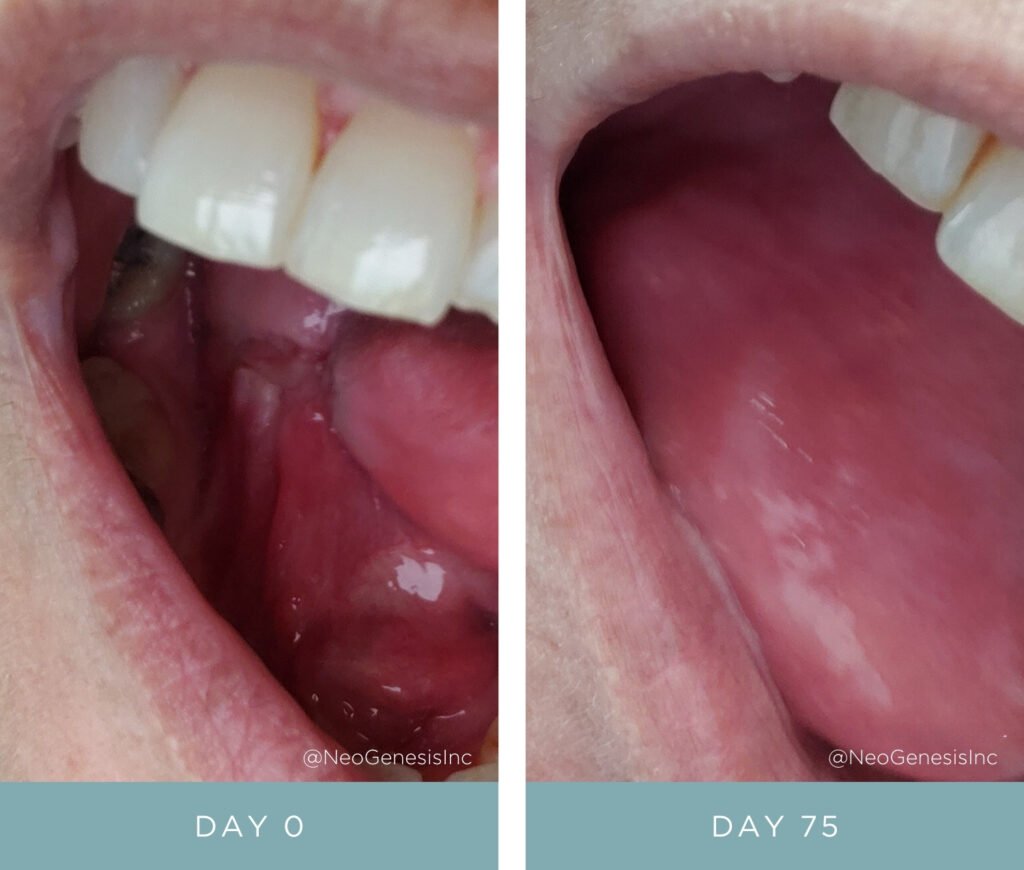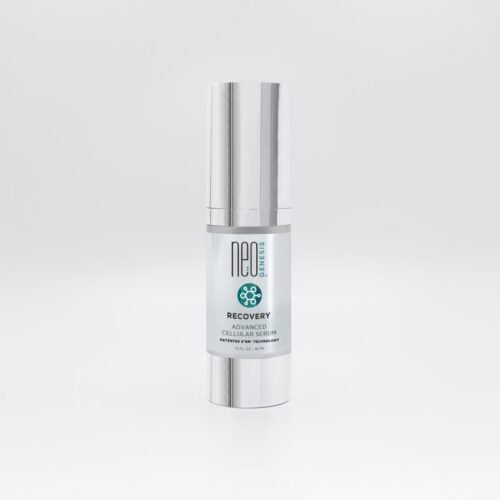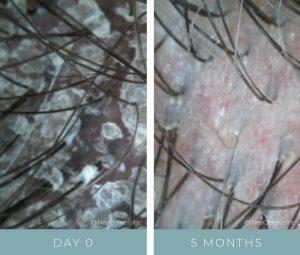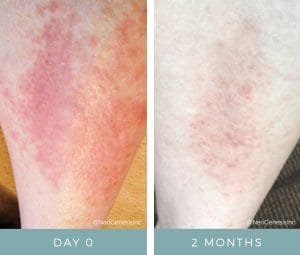
Tongue Cancer Surgery


“Client had partial glossectomy surgery, as well as removal of her lymph nodes, after being diagnosed with tongue cancer. She then began 30 radiation treatments for 6 weeks, 5 days per week.” – MM
Products Used
Acne, Aging Skin, Oncology Friendly, Recovery, Serums, Shop All
Rated 4.96 out of 5$62.00 – $395.00 Select options This product has multiple variants. The options may be chosen on the product page
Protocol
*Oralease, Recovery
*Product currently in testing
Suggested Posts
Featured Videos
Tongue Cancer Surgery
Partial glossectomy surgery is a common treatment for tongue cancer, a type of head and neck cancer that affects the tongue. This surgical procedure involves removing a part or all of the affected area of the tongue in order to remove cancerous cells and prevent further spreading. In addition to partial glossectomy, patients with tongue cancer may also require removal of lymph nodes in the neck area to ensure complete removal of all cancer cells.
After undergoing partial glossectomy and lymph node removal surgery, patients may also need further treatment to reduce the risk of recurrence. One commonly used method is radiation therapy, which uses high-energy rays to kill cancer cells and shrink tumors.
Radiation therapy is often recommended after surgery to destroy any remaining cancer cells that may not have been removed during the surgery. It can also be used as the primary treatment for tongue cancer in cases where surgery is not possible or not preferred by the patient. The duration and intensity of radiation treatments vary depending on the individual case and are determined by a team of medical professionals.
While radiation therapy can be effective in treating tongue cancer, it may also cause side effects such as fatigue, sore throat, difficulty swallowing, and changes in taste. These side effects usually subside after treatment is completed, but it’s important for patients to communicate any discomfort or concerns with your healthcare team.







